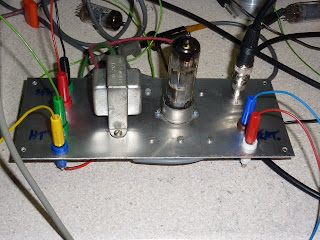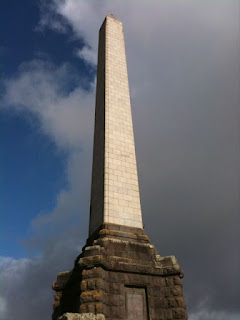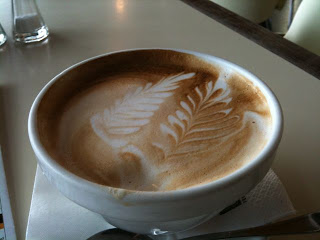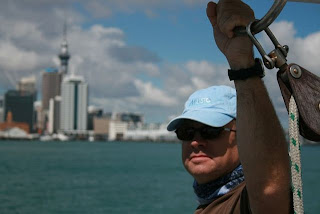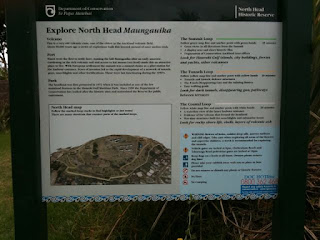I THOUGHT it was a schematic capture / circuit drawing package for valve applications - but in fact it claims only to be "free for use share-ware library of images which were created by Gary Johanson, WD4NKA". You have a bunch of image files of component outlines, "clip art"-style images of components and schematic elements, all of which are intended to be pasted into a drawing package such as paint and "wired up" using line drawing - not exactly what I had expected.
I used to prefer PowerPoint as my default drawing package - but I made the dumb mistake of upgrading to Office 2007 recently and haven't really used PP 2007 yet. After a very long struggle with PowerPoint 2007 (took ages to learn how to set default line colour to black, etc) I was able to draw up the schematic of the little ECL 86 amplifier I had cooked up on my "test bed"..
Here it is, in all its glory...

As an experiment, I also knocked up an ECL86 as a new device in EAGLE (my favourite PCB package). It took me less time to build this device and produce the schematic than to get up and running with the TubePad alternative...

The circuit is my own - but it was arrived at by experiment and plagiarism (there are lots of similar designs on the 'net). Please don't copy this for use as an audio amp or a little guitar amp - it is set up as a low power solution only! (Perhaps I will get around to designing that stereo PCL86-based amp some day).
I guess the TubePad version looks kind-of pretty but I don't think I'll be using it much!
Having documented the AF amplifier (in the schematics above) I built a copy of it in the not-so-superhet chassis...

...and I'm pleased to report it works a treat - with none of the motor-boating of my first rushed attempt. Here's a close-up of the ECL86 doing its thing for all the tube fetishists out there

I am listening to the 80m CW band THROUGH SPEAKERS even as I type - great fun!
...-.- de m0xpd
